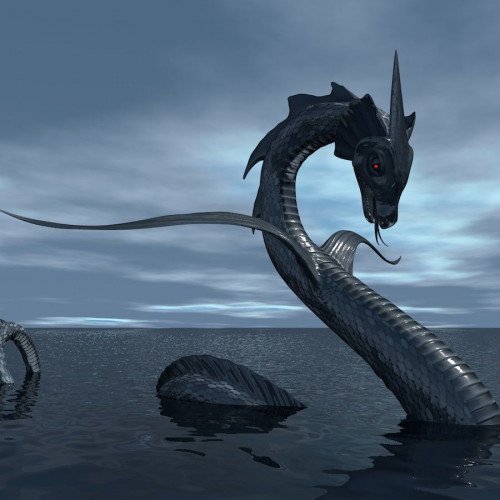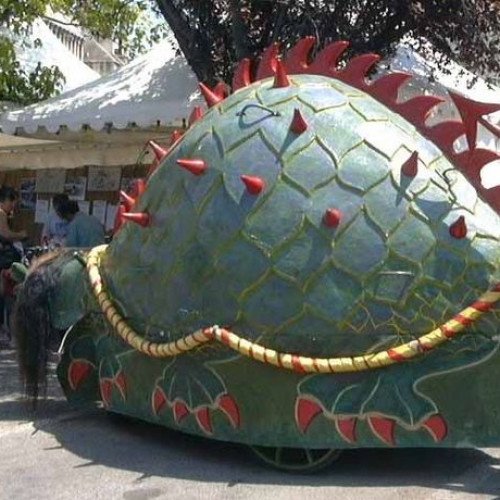Vote on Mythical creatures: Sea serpent vs Tarasque

Sea serpent
A sea serpent or sea dragon is a type of dragon described in various mythologies, most notably Mesopotamian (Tiamat), Hebrew (Leviathan), Greek (Cetus, Echidna, Hydra, Scylla), and Norse (Jörmungandr).
Statistics for this Xoptio

Tarasque
The Tarasque is a fearsome legendary dragon-like mythological hybrid from Provence, in southern France, tamed in stories about Saint Martha, such as the one told in the Jacobus de Voragine's Golden Legend (13th century). The tarasque was described as having a lion-like head, a body protected by turtle-like carapace(s), six feet with bear-like claws, and a scaly tail like a serpent's tail in a text (pseudo-Marcelle or pseudo-Marcella) which is similar to and roughly coeval with the Golden Legend, and issued poison breath according to one hagiography (pseudo-Raban Maur) of perhaps somewhat later date. Medieval iconography such as renditions in church sculpture did not necessarily conform to this description in the earlier Gothic period, and examples which seemed to were later assigned later, 14th century dates. The hexapedal carapaced tarasque was the form depicted on the city seal of Tarascon around the 15th century, and this held to be the norm in 16th-17th century paintings. As St. Martha purportedly encountered the beast in the act of swallowing a human victim, it has become a stock motif in art to portray the beast swallowing a human head first, with the victim's legs still dangling. According to tradition, in 1474 René of Anjou initiated the use of the tarasque in the Pentecostal festival, and later used also on the saint's feast day of July 29. Yearly celebration in the last weekend of June was added in the modern day. The effigy or float (French: char) of the tarasque has been built over the years for parading through town for the occasion, carried by four to a dozen men concealed inside.